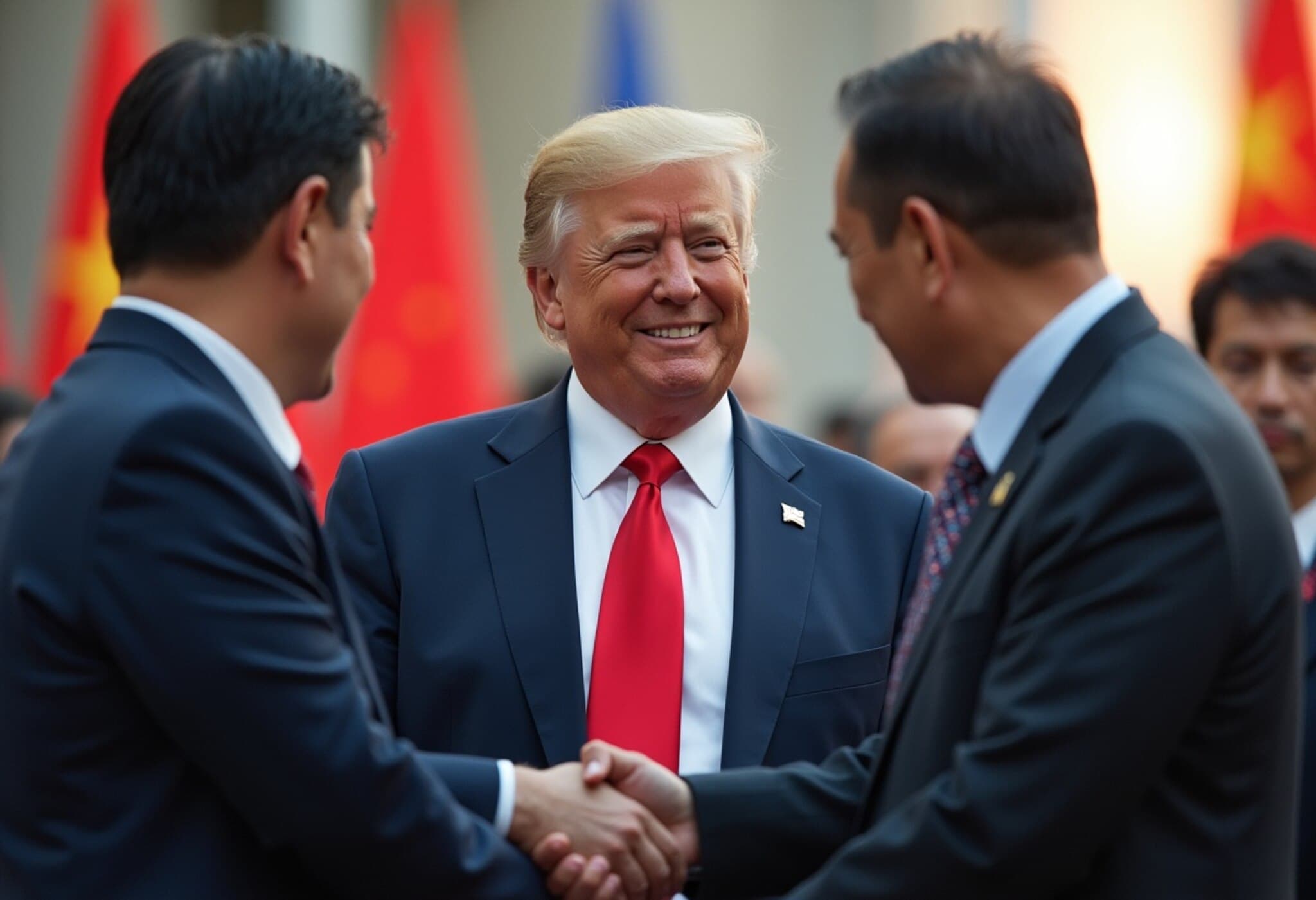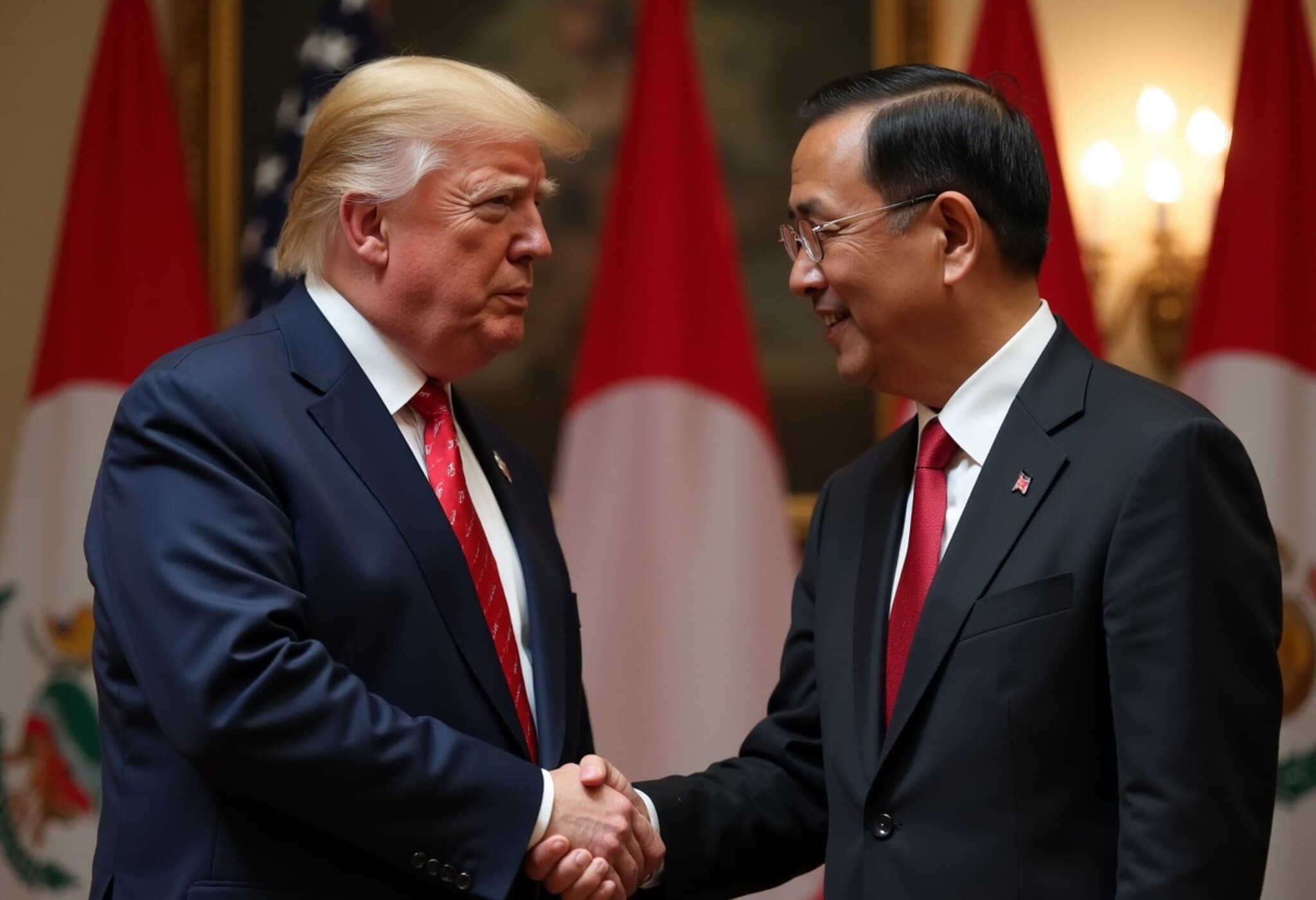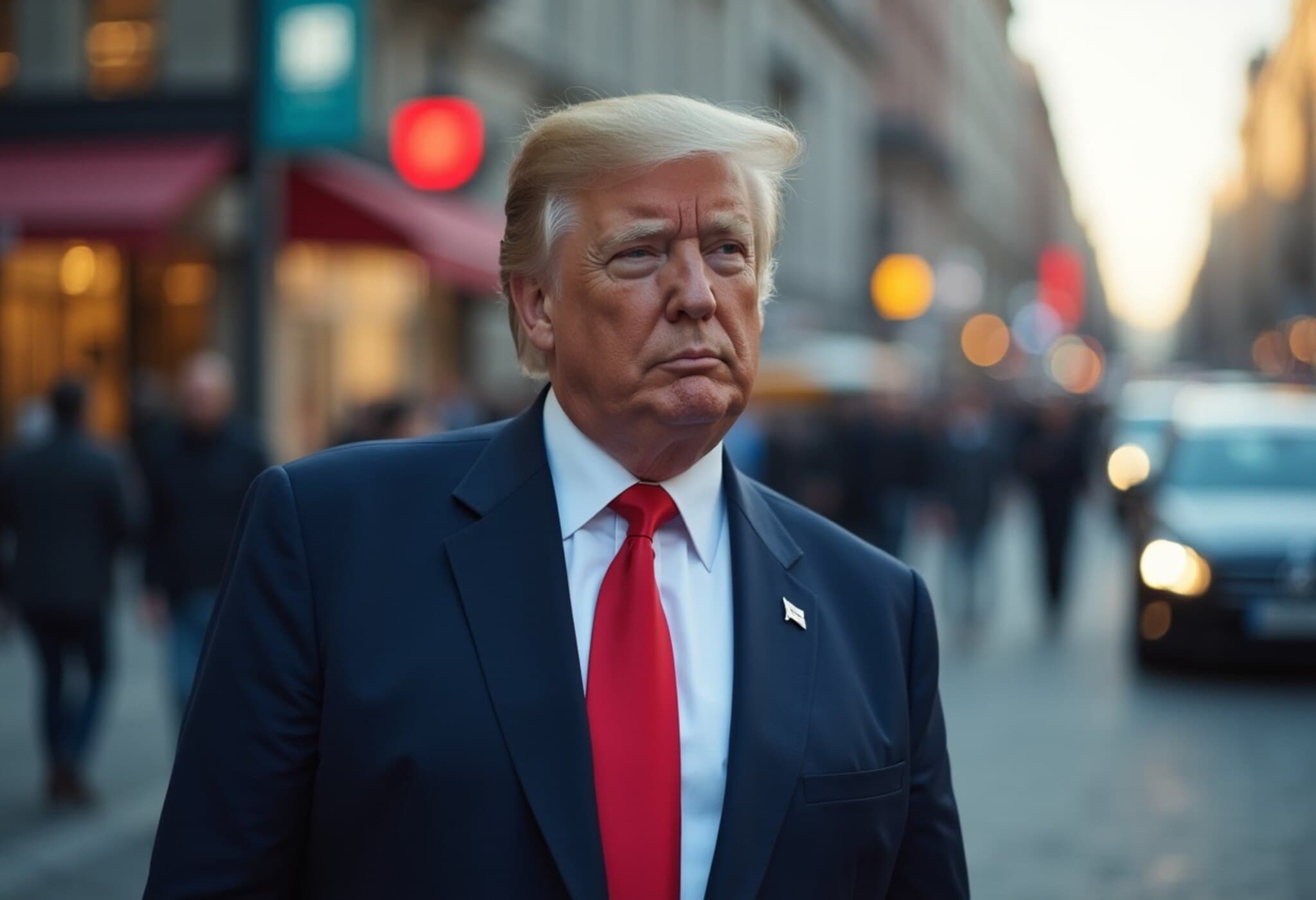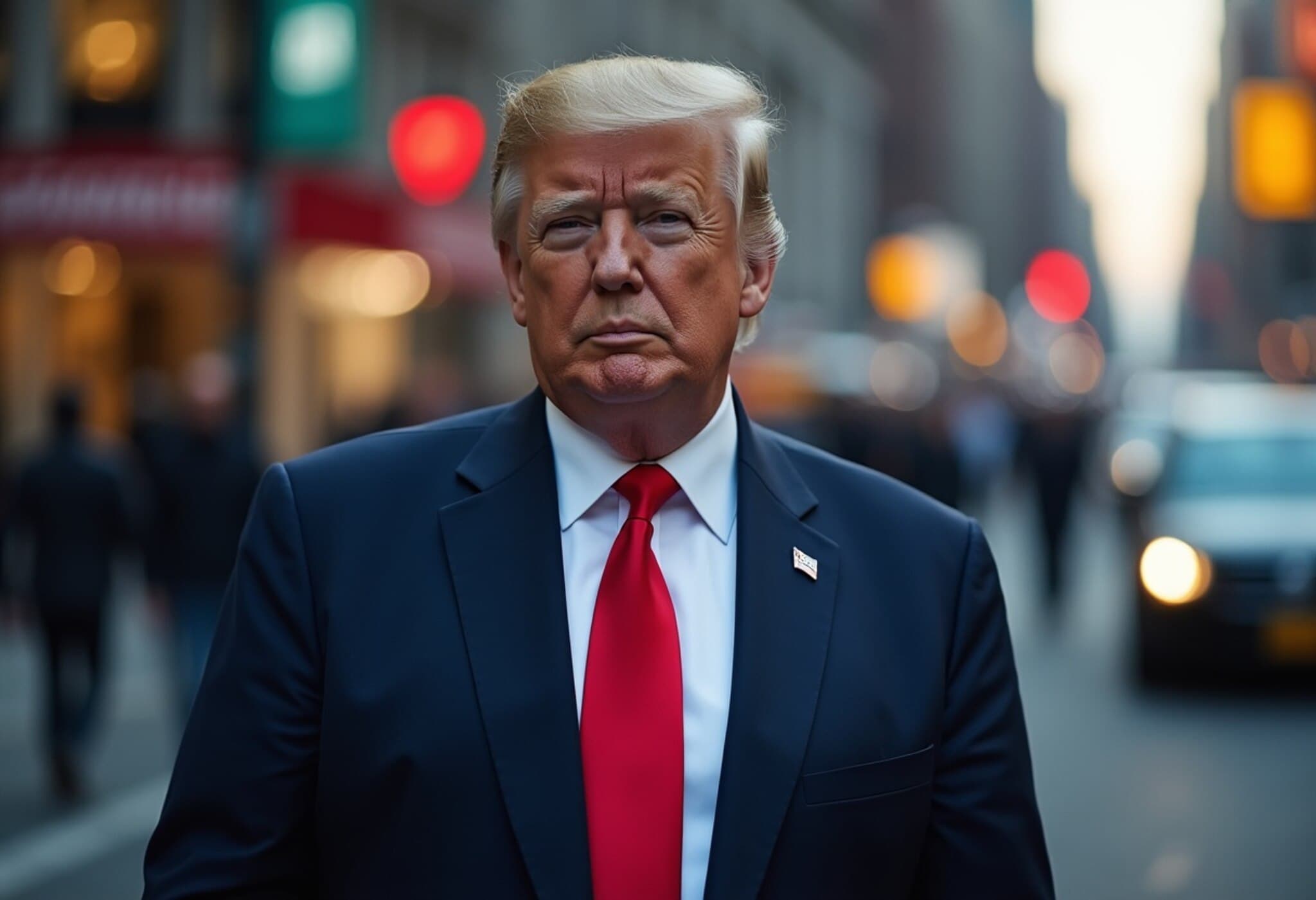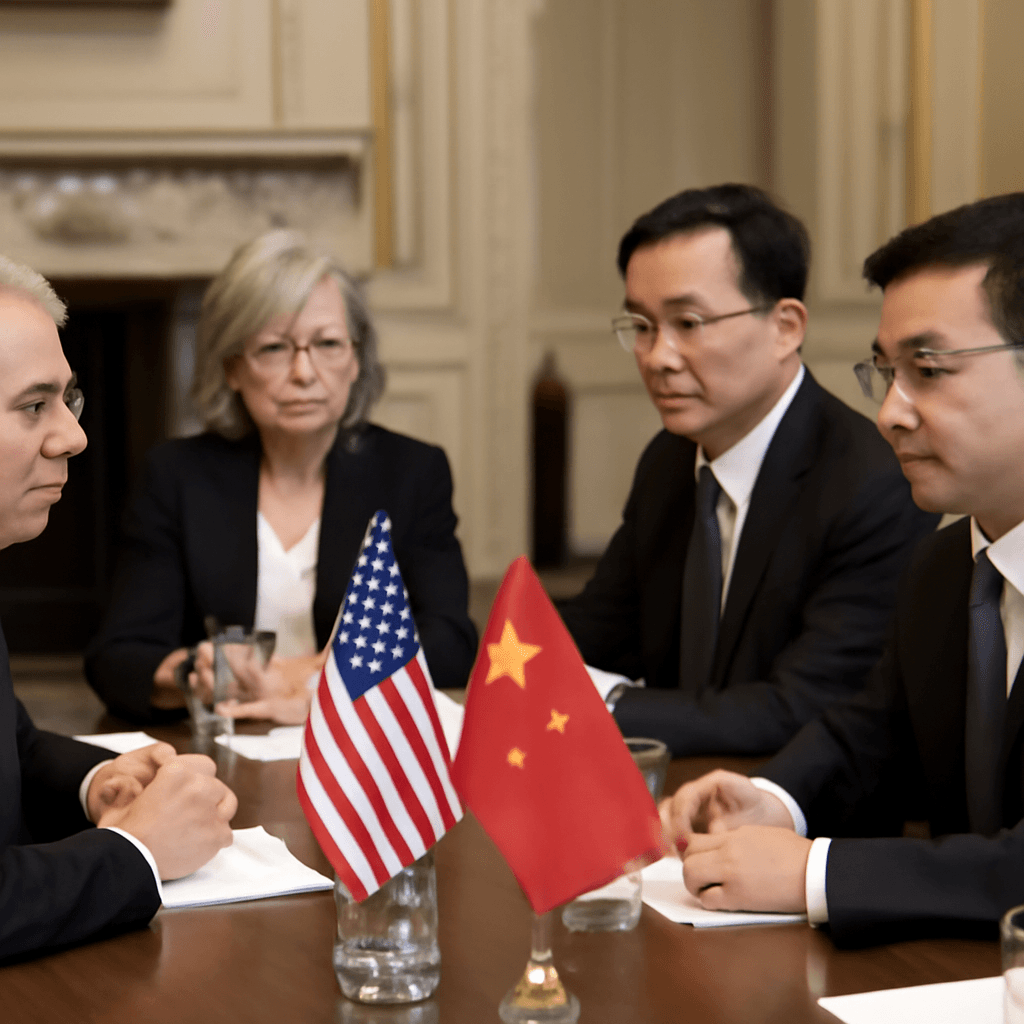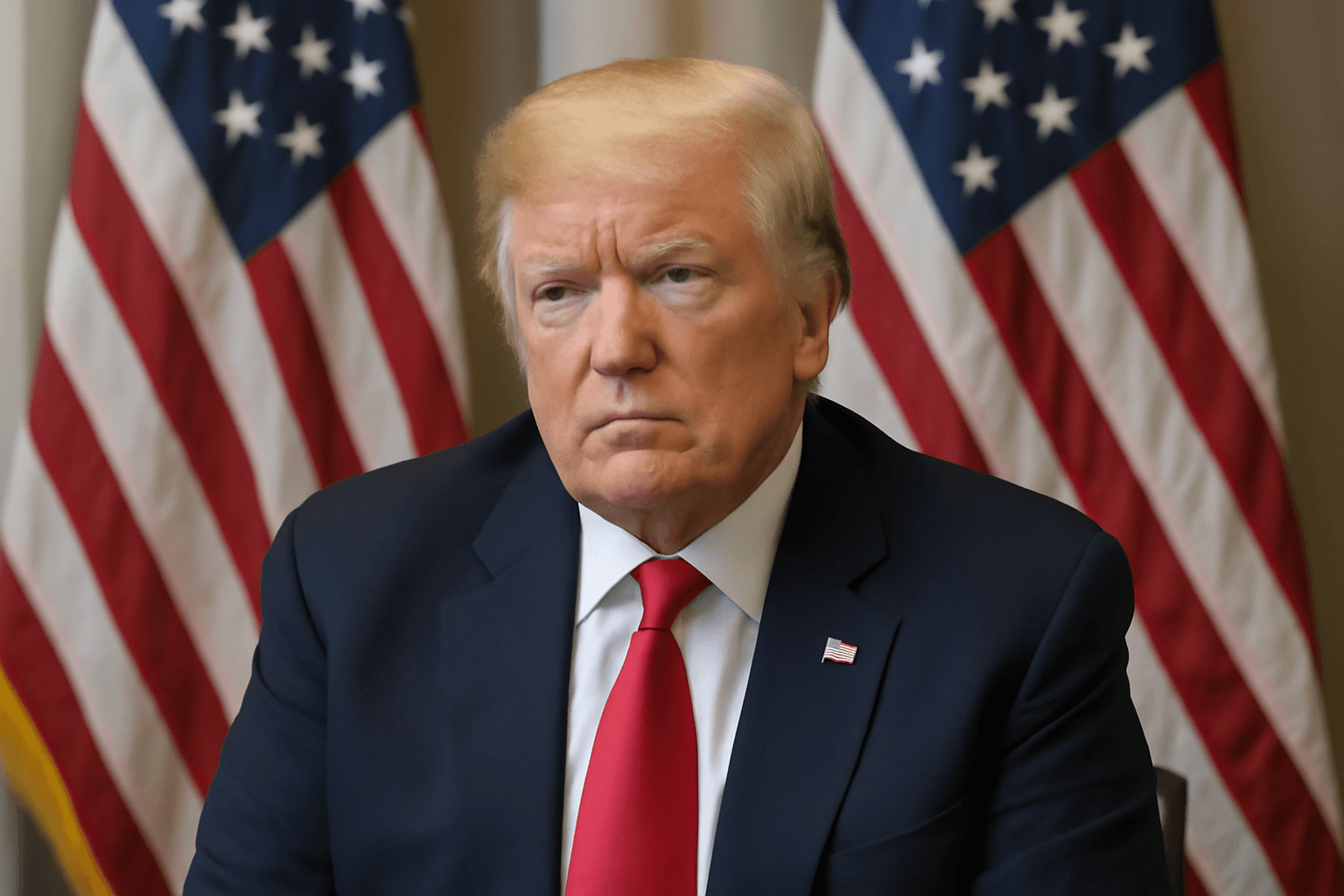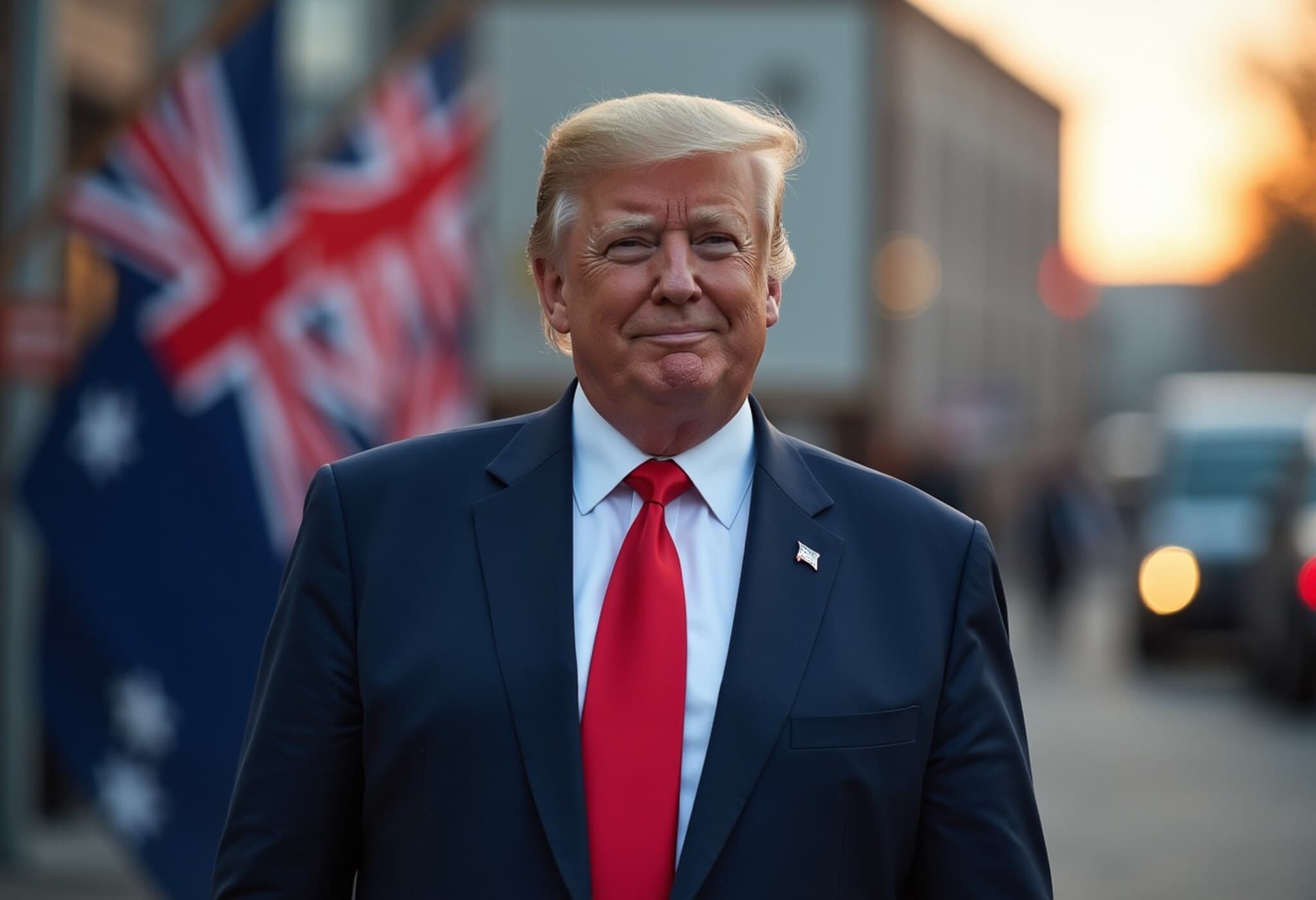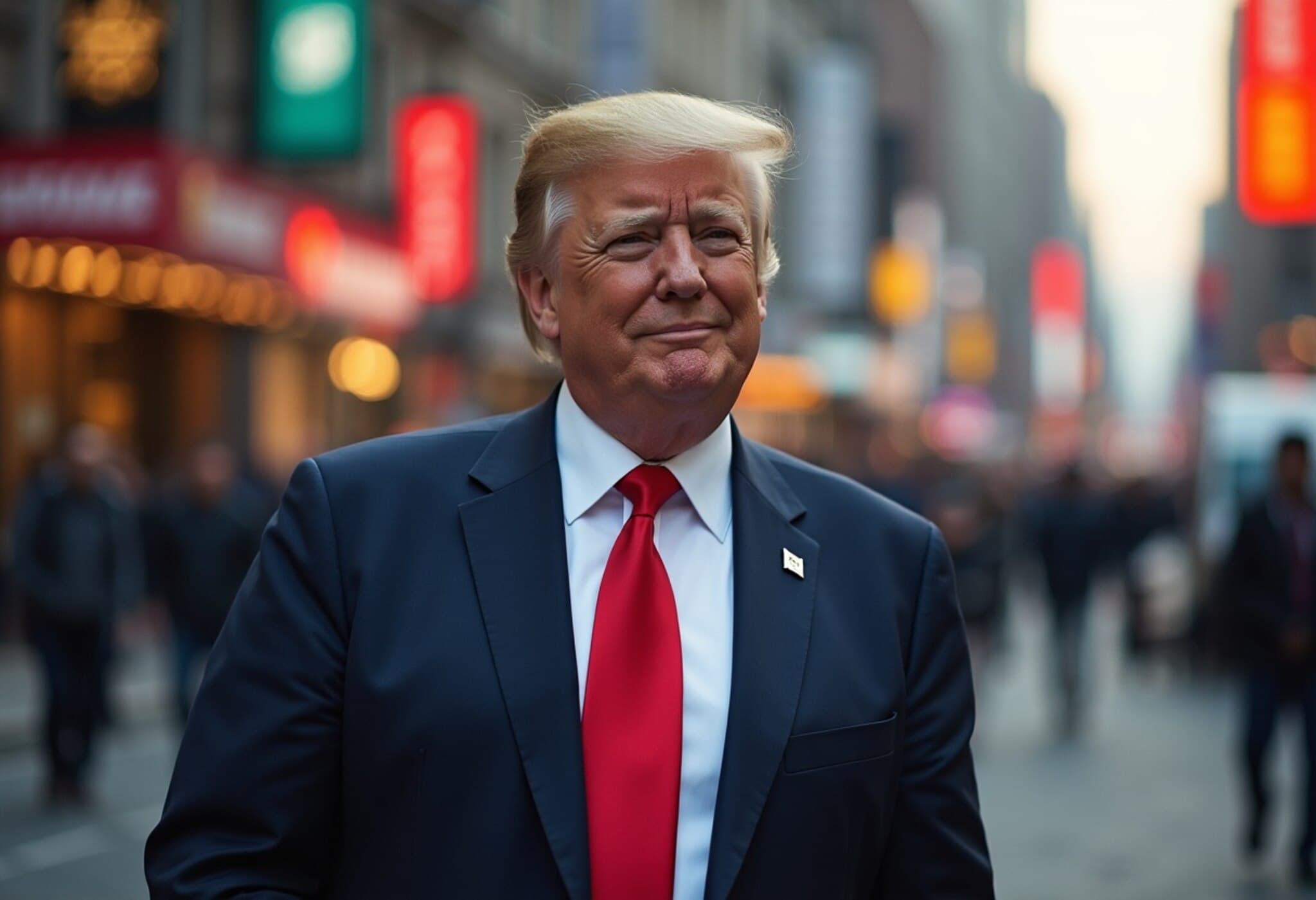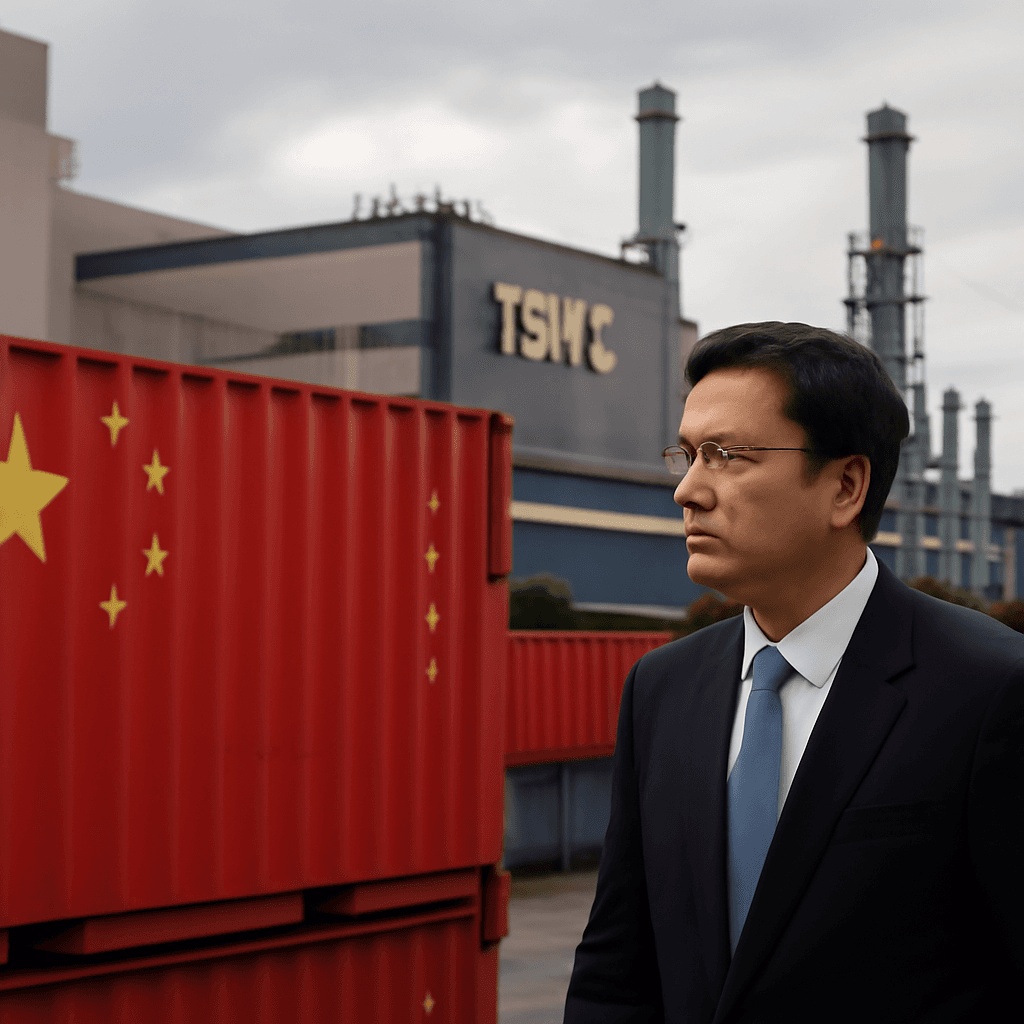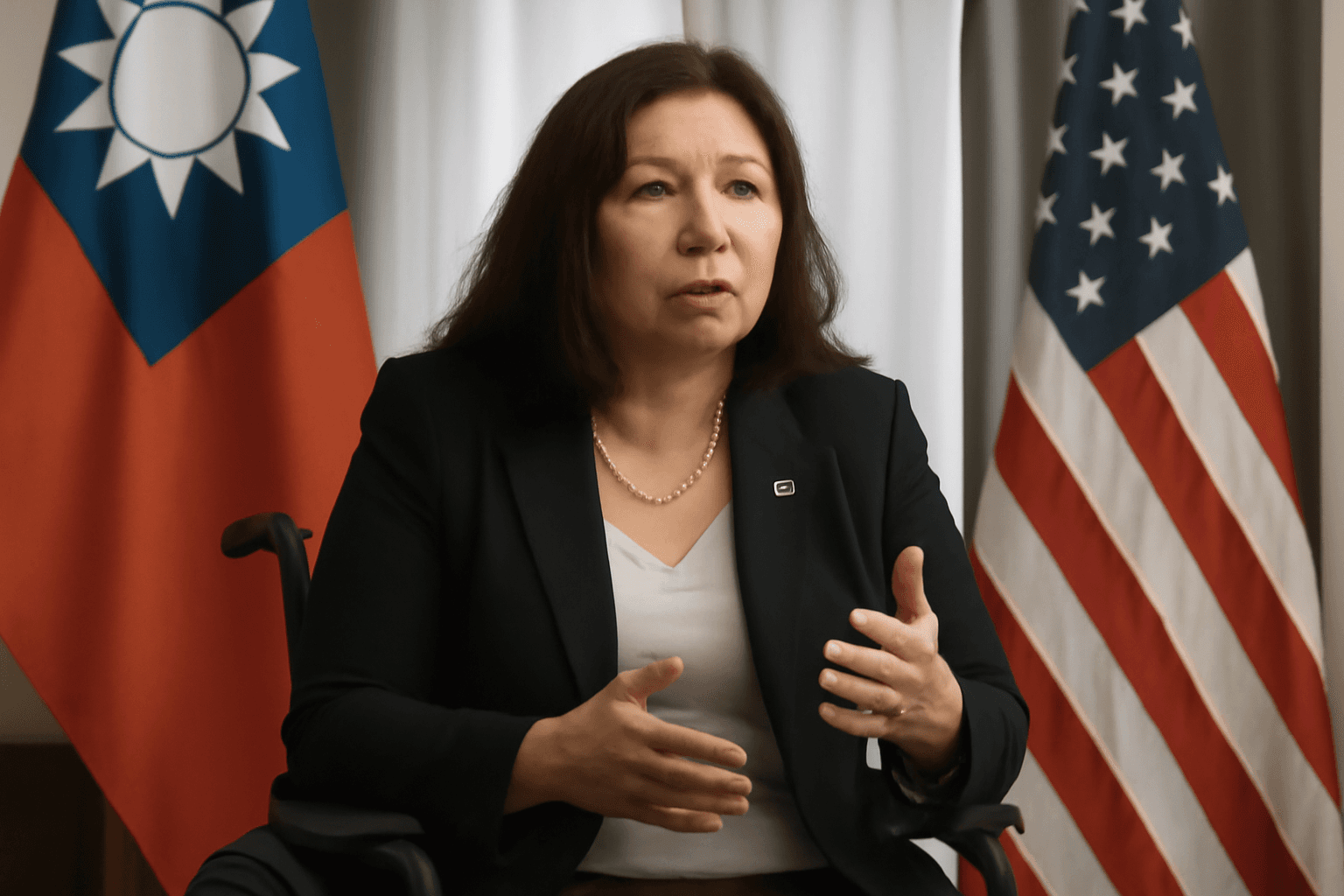Taiwan Pushes for Swift Trade Agreement with US as Deadline Looms
As US President Donald Trump rapidly finalizes trade deals with key Asian partners, Taiwan is making an urgent push to secure its own comprehensive trade pact with Washington before the August 1 deadline.
High-Level Negotiations Underway
On July 23, Taiwan’s top trade officials, Vice Premier Cheng Li-chiun and lead negotiator Yang Jen-ni, arrived in the United States to engage in the fourth round of tariff and trade talks. Insider sources revealed to Bloomberg that the discussions have thus far been constructive and forward-moving, though the final decision on tariff rates ultimately rests with President Trump.
Context: Trump’s March in Asia Trade Deals
The timing is critical, as Taiwan hastens to join the ranks of Asian nations recently inked into agreements with the US. Just days earlier, Trump announced a landmark trade deal with Japan valued at an astonishing $550 billion investment into the US. Under this pact, Japan agreed to lower its auto tariff to 15%, boosting investor confidence as Toyota and Mitsubishi shares surged around 14%, while the Nikkei index climbed 3.5%.
Simultaneously, Trump softened tariffs on the Philippines by a modest one percentage point after productive talks with President Ferdinand Marcos. These deals mark the latest successes in Trump’s ambitious “90 deals in 90 days” promise, underscoring a concerted US strategy to deepen economic ties across Asia.
Why Taiwan Can’t Afford Delay
Taiwan's economy is increasingly intertwined with the US market, particularly fueled by tech exports pivotal to the growing artificial intelligence industry. In 2024, Taiwan logged a robust $65 billion trade surplus with the US, highlighting reliance on American consumers and supply chains.
However, last April, President Trump imposed a steep 32% tariff on Taiwanese goods, creating significant pressure on Taipei. This punitive measure was later paused to allow negotiations, showing the high stakes involved.
Moreover, Taiwan has committed to boosting its investment in the US economy and to tightening export controls on high-tech products—a key US concern amid fears that Chinese access to advanced technology could shift regional military balances. These export controls are central to Washington's broader strategy of restricting Beijing's rise in strategically sensitive technologies.
Expert Insight: Navigating Geopolitics Through Trade
Trade analyst Dr. Emily Chen notes, “Taiwan’s trade talks extend beyond economics; they are a critical piece in the US’s efforts to balance China’s growing influence. Securing preferential access to the US market while adhering to export restrictions showcases Taiwan’s delicate position between economic opportunity and geopolitical reality.”
From a US policy perspective, these deals help reinforce economic alliances in the Indo-Pacific as part of a wider strategy of economic statecraft, blending tariffs, investments, and export controls to skew technological advantages in favor of democratic partners.
Looking Ahead: What’s Next for Taiwan-US Trade Relations?
- Final Tariff Details: Expected to be resolved as President Trump weighs national economic and political interests.
- Investment Commitments: Taiwan has pledged increased capital inflows into US industries, potentially bolstering jobs and innovation.
- Technology Controls: Ongoing cooperation on limiting exports that could aid China's military ambitions remains a contentious but crucial topic.
As August 1 approaches, all eyes remain on these high-stakes trade talks that will shape the trajectory of Taiwan-US relations amid an evolving geopolitical landscape.
Editor's Note
Taiwan’s efforts to secure a trade pact with the US encapsulate more than just economic interests; they represent a strategic maneuver in the delicate dance of Indo-Pacific geopolitics. While trade talks continue to unfold, questions linger about how these agreements will affect regional stability and the global balance of technological power. For readers, understanding the interplay between trade policy and security concerns sheds light on why tariffs and investments are more than mere numbers—they’re instruments shaping the future of international relations.

